Introduction: Taking the Leap into Treasury Automation
“Digital transformation” and “automation” – these terms can sound intimidating, especially in the traditionally conservative world of treasury. But fear not! Automating your treasury operations isn’t about replacing humans with robots, but about empowering your team with tools that streamline workflows, reduce errors, and free up valuable time for strategic initiatives. Let’s break down the practical steps to demystify treasury automation and begin your digital transformation.
Step 1: Identify Your Pain Points and Goals
Before you begin automation, take a step back and assess your current processes.
- What are your biggest challenges? Are you spending too much time on manual data entry? Struggling with cash forecasting accuracy? Dealing with tedious bank reconciliations?
- What are your goals? Do you want to improve efficiency, reduce risk, enhance visibility, or all of the above?
- Prioritize: Not everything can be automated at once. Identify the most critical areas that will yield the biggest impact.
Step 2: Map Your Current Workflows
Visualizing your current processes is crucial for identifying bottlenecks and opportunities for automation.
- Document every step: From data collection to reporting, map out your existing workflows.
- Identify manual tasks: Highlight areas where human intervention is required.
- Look for repetitive tasks: These are prime candidates for automation.
- Analyze data flow: Understand how data moves between different systems and departments.
Step 3: Explore Available Automation Tools
The good news is, there’s a wealth of technology available to automate various treasury functions.
- Treasury Management Systems (TMS): These comprehensive platforms offer a wide range of automation capabilities, including cash management, forecasting, and risk management.
- Robotic Process Automation (RPA): RPA bots can automate repetitive tasks, such as data entry, report generation, and bank reconciliations.
- Application Programming Interfaces (APIs): APIs enable seamless data exchange between different systems, streamlining integration.
- AI-Powered Tools: AI can enhance forecasting accuracy, detect anomalies, and automate risk analysis.
Step 4: Start Small and Scale Gradually
Don’t try to automate everything at once. Begin with a pilot project in a specific area, such as bank reconciliation or cash forecasting.
- Choose a manageable project: Start with a task that is relatively simple and has a clear ROI.
- Test and refine: Thoroughly test the automation solution and make any necessary adjustments.
- Gather feedback: Involve your team in the process and gather feedback on their experience.
- Scale up: Once you’ve successfully automated one area, gradually expand to other areas of your treasury operations.
Step 5: Embrace Integration and Data Centralization
Seamless integration between your various financial systems is essential for effective automation.
- Centralize your data: Create a single source of truth for all your financial data.
- Leverage APIs: Use APIs to connect your TMS, ERP, and other systems.
- Ensure data consistency: Implement data governance policies to ensure data accuracy and consistency.
Step 6: Prioritize Security and Compliance
Automation should never compromise security or compliance.
- Implement robust security measures: Protect your sensitive financial data with strong encryption and access controls.
- Ensure compliance: Stay up-to-date with relevant regulations and ensure your automation solutions comply with industry standards.
- Regularly audit your systems: Conduct regular audits to identify and address any security or compliance risks.
Step 7: Foster a Culture of Continuous Improvement
Automation is an ongoing journey, not a one-time project.
- Encourage innovation: Foster a culture of experimentation and encourage your team to explore new automation opportunities.
- Monitor performance: Track key performance indicators (KPIs) to measure the effectiveness of your automation efforts.
- Stay updated: Keep abreast of the latest advancements in treasury technology.
In Summary
Treasury automation is within reach. When you take these practical steps, you can demystify the process and embark on a successful digital transformation journey. Remember, it’s about empowering your team and optimizing your operations for long-term success.


